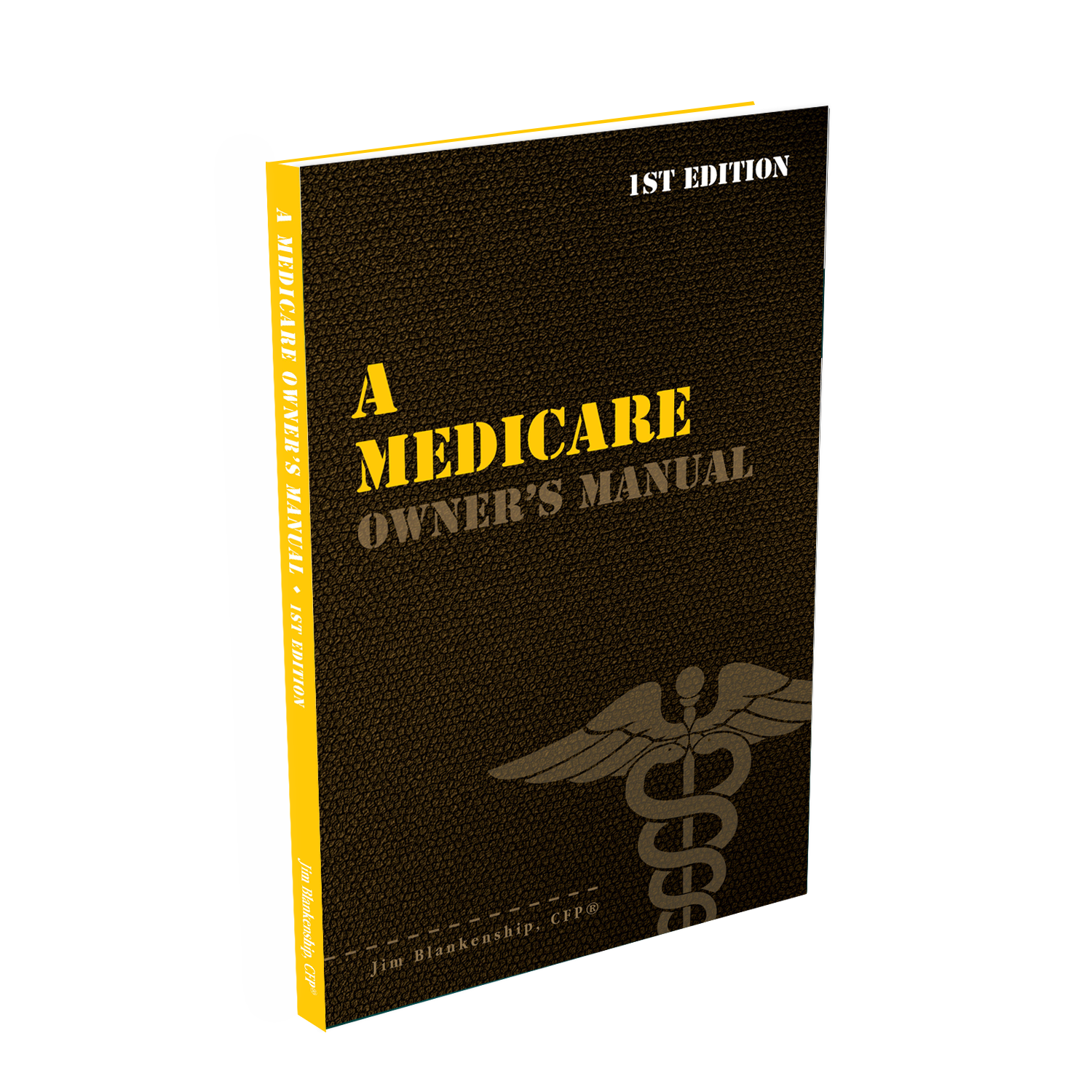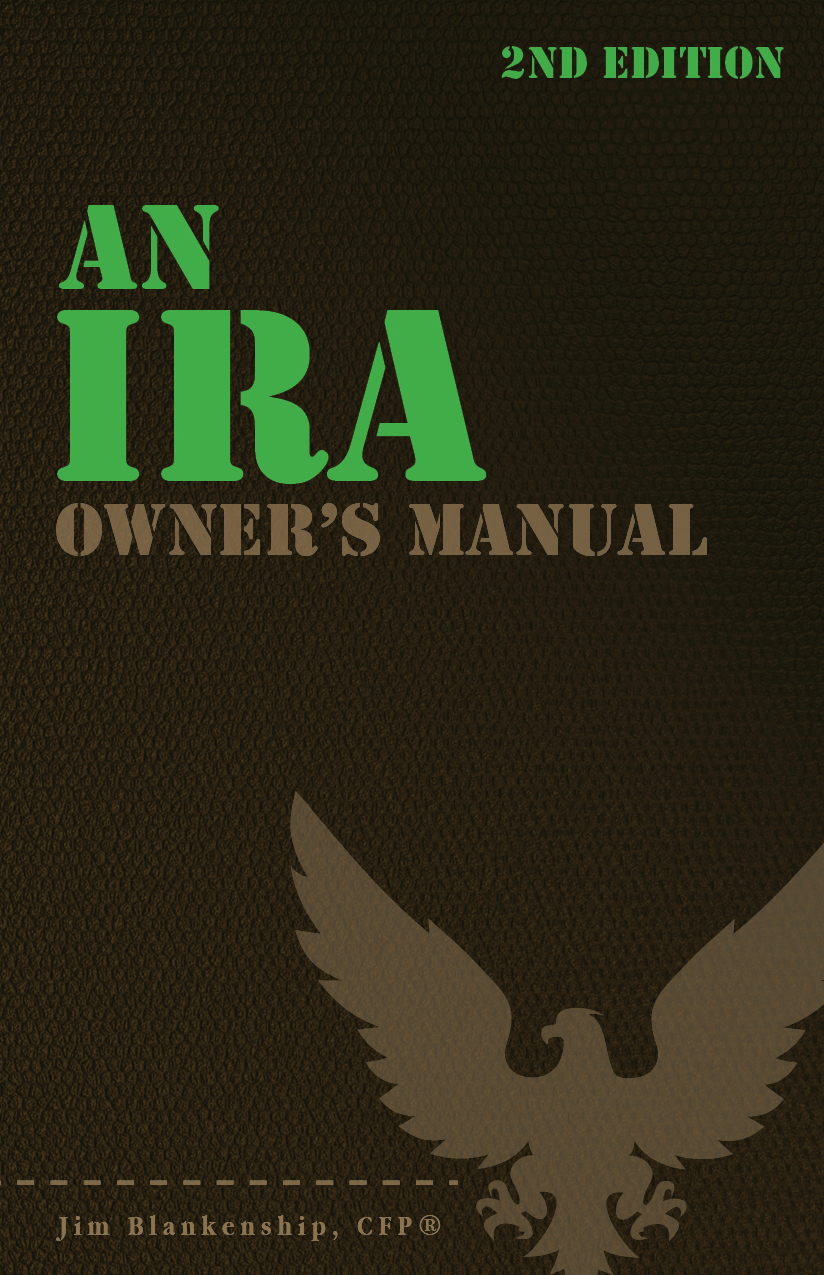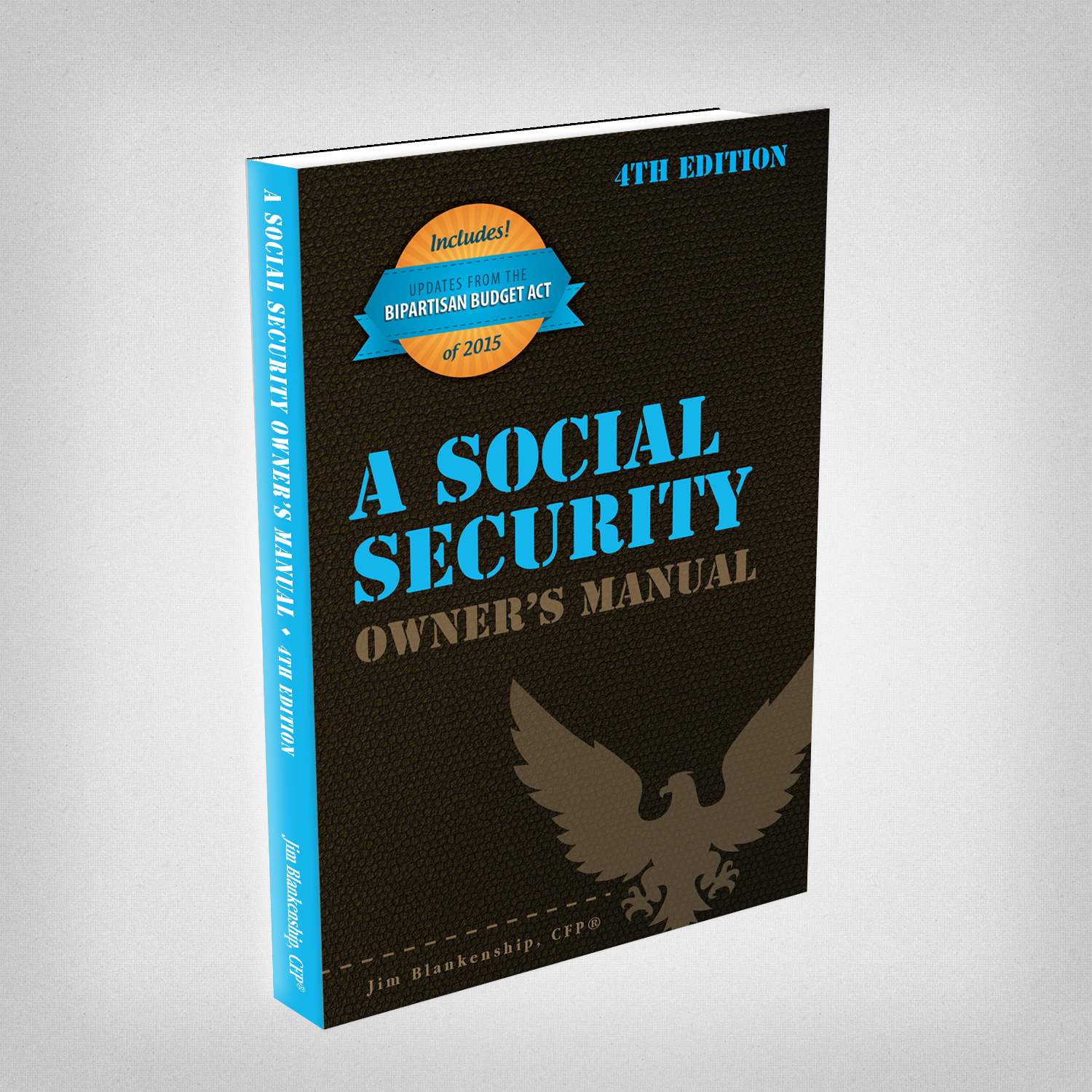 As we’ve discussed elsewhere, your Social Security benefit is calculated based on your highest 35 years of earnings over your career, indexed to the year you reach age 62. So can continuing to work past age 62 (or later) boost your Social Security benefits?
As we’ve discussed elsewhere, your Social Security benefit is calculated based on your highest 35 years of earnings over your career, indexed to the year you reach age 62. So can continuing to work past age 62 (or later) boost your Social Security benefits?
Any year in your earnings history that had very little or no earnings covered by Social Security works against you. Since the calculation assumes 35 years of earnings, any zero years will reduce the average. If you only had, for example, 30 years of earnings on your record and five “zero” years, these years with no earnings will reduce your average earnings that are used for calculating your benefit amount. Continuing to work, even for a minimal amount, will gradually eliminate these zero years from your record for calculation and boost your benefit.
In addition, if you’re earning a higher salary relative to your earnings record, some of the lower years’ earnings can be eliminated from your calculation record as well. If you are earning more now than your indexed earnings from earlier, these higher income years will replace the lower income years, thereby boosting your Social Security benefit by increasing the overall average.
Lastly, when you get your annual statement from the Social Security Administration, a projected benefit amount is reported. If you read the fine print, the projected benefit amount assumes that you continue to work up to the retirement age indicated, with your earnings remaining roughly the same as your most recent year. If you retire at age 62 with no further earnings and wait to age 66 to begin receiving benefits, the amount of benefit that was projected for you at age 62 will be lower because you will have added zero years to the end of your working career. The estimate assumed that you continued working at (presumably) a high earnings rate relative to the rest of your record.


 Sterling Raskie, MSFS, CFP®, ChFC®
Sterling Raskie, MSFS, CFP®, ChFC® The latest in our Owner’s Manual series, A 401(k) Owner’s Manual, was published in January 2020 and is available on
The latest in our Owner’s Manual series, A 401(k) Owner’s Manual, was published in January 2020 and is available on  A Medicare Owner’s Manual, is updated with 2020 facts and figures. This manual is available on
A Medicare Owner’s Manual, is updated with 2020 facts and figures. This manual is available on  Social Security for the Suddenly Single can be found on Amazon at
Social Security for the Suddenly Single can be found on Amazon at  Sterling’s first book, Lose Weight Save Money, can be
Sterling’s first book, Lose Weight Save Money, can be  An IRA Owner’s Manual, 2nd Edition is available for purchase on Amazon. Click the link to choose the
An IRA Owner’s Manual, 2nd Edition is available for purchase on Amazon. Click the link to choose the  Jim’s book – A Social Security Owner’s Manual, is now available on Amazon. Click this link for the
Jim’s book – A Social Security Owner’s Manual, is now available on Amazon. Click this link for the  And if you’ve come here to learn about queuing waterfowl, I apologize for the confusion. You may want to discuss your question with Lester, my loyal watchduck and self-proclaimed “advisor’s advisor”.
And if you’ve come here to learn about queuing waterfowl, I apologize for the confusion. You may want to discuss your question with Lester, my loyal watchduck and self-proclaimed “advisor’s advisor”.